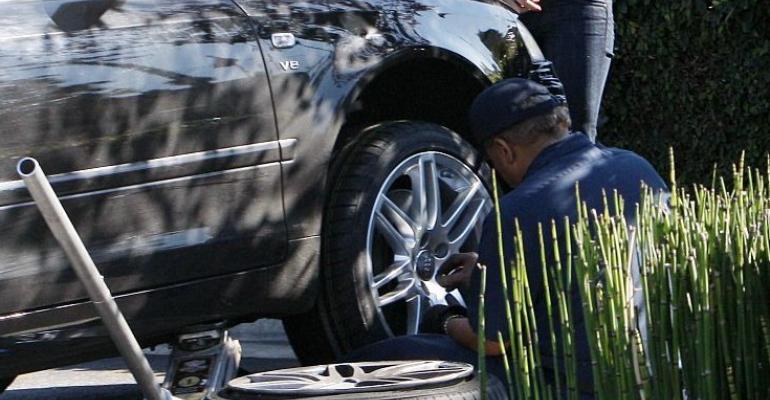Roadside programs can be strategic tools for automakers and dealers.
The programs can produce new revenue and create positive customer touchpoints. About 65 million drivers in the U.S. experience a breakdown each year. That number is growing as vehicle age and mile travelled are expected to increase. Those are major factors of breakdown risk.
Through roadside, dealers can capitalize on vehicle tow volume, which represents approximately 50% of all roadside event, to secure more repair orders.
Average repairs cost $400-$600, with potential margins up to nearly 50% versus around 6% for sales.
 This not only increases the likelihood that OEM parts are used, it supports mechanic utilization and drives revenue. In-dealership services also drive foot traffic, increasing the potential for on-the-spot sales, while quality service experiences can encourage repeat customers.
This not only increases the likelihood that OEM parts are used, it supports mechanic utilization and drives revenue. In-dealership services also drive foot traffic, increasing the potential for on-the-spot sales, while quality service experiences can encourage repeat customers.
Traditionally, roadside have made it difficult for automakers and dealerships to gain visibility into events, coordinate vehicle receipt or create jobs within and across locations. (Jeff Blecher, left)
Today, roadside programs are more transparent and controllable, delivering actionable insights to eliminate process inefficiencies and streamline operations.
This can include configurable and real-time reporting dashboards and business intelligence tools that provide live-event status tracking, summary trends, key metrics and completed dispatch details.
These capabilities keep dealers and OEMs in the loop on customer experiences and allow dealers to set up and dispatch tows as needed. Easy-to-manage tools mean dealers can create new jobs quickly and coordinate service calls between multiple or single-owner locations.
Dealer-preferred tow and roadside service provider networks allow dealers to choose and curate the list of providers that will assist drivers on scene. These providers meet strict software and arrival time requirements, are familiar with local dealership processes and accustomed to handling specific vehicle makes and models. That ensures dealers and OEMs deliver the experience consumers expect.
Increasing EV sales also affect roadside-event volume, due in large part to battery-range issues.
 While battery technology has improved in recent years, Agero data shows that 25% of all EV roadside events are related to out-of-charge service requests. This is 12 times higher than out-of-fuel calls for help for gasoline-powered vehicles.
While battery technology has improved in recent years, Agero data shows that 25% of all EV roadside events are related to out-of-charge service requests. This is 12 times higher than out-of-fuel calls for help for gasoline-powered vehicles.
As EVs continue mass market expansion, charging-related incident rates could increase, creating a customer-satisfaction issue if mobile charging infrastructure isn’t addressed.(Luis Quiroga, left)
Today, typical out-of-charge roadside experiences are long and arduous as consumers either wait for supply-constrained and less powerful mobile chargers or get towed to a charging station.
Sophisticated battery-level warning systems and access to charging location information via navigation and touchscreen tools are emerging, but many EVs do not yet have this functionality.
Short term, application programming interface integrations within mobile apps can help drivers locate closer charging options.
Longer term, improved mobile charging technology is necessary. OEMs, battery manufacturers and roadside assistance providers should spearhead these innovations.
Agero is currently conducting pilots to test the latest charging technologies, starting with level-3 mobile chargers, to help understand how the ability to quickly charge a vehicle can positively impact the consumer roadside experience and how this technology can be delivered at scale.
We expect it to become a reality in three to five years.
Jeffrey Blecher is Agero’s chief strategy officer. Luis Quiroga is the company’s vice president-product strategy and marketing of the roadside assistance and mobile technology company.





